Matlab中如何只把figure中的图像区域保存为图片文件
Posted
tags:
篇首语:本文由小常识网(cha138.com)小编为大家整理,主要介绍了Matlab中如何只把figure中的图像区域保存为图片文件相关的知识,希望对你有一定的参考价值。
在figure中显示处理后的图像,都会在图像的四周留有空白区域,无论如何改变窗口大小,图像只能缩放,无法去掉空白区域,saveas保存成文件的图片四周也有空白。如何只保存原始图像区域,或者如何让窗口自适应图片尺寸,紧贴图片四周显示?
我是做程序,不是想截图
Vista系统的话有自带的截图工具。
QQ上面也有截图工具,如果有运行QQ程序的话,按下
【Alt】+【Ctrl】+【A】就可以截图了,想怎么截就怎么截。
这个函数你看看不是是可以
>> help imwrite
IMWRITE Write image to graphics file.
IMWRITE(A,FILENAME,FMT) writes the image A to the file specified by
FILENAME in the format specified by FMT.
A can be an M-by-N (grayscale image) or M-by-N-by-3 (color image)
array. A cannot be an empty array. If the format specified is TIFF,
IMWRITE can also accept an M-by-N-by-4 array containing color data
that uses the CMYK color space.
FILENAME is a string that specifies the name of the file.
FMT is a string specifying the format of the file. See the reference
page, or the output of the IMFORMATS function, for a list of
supported formats.
IMWRITE(X,MAP,FILENAME,FMT) writes the indexed image in X and its
associated colormap MAP to FILENAME in the format specified by FMT.
If X is of class uint8 or uint16, IMWRITE writes the actual values in
the array to the file. If X is of class double, IMWRITE offsets the
values in the array before writing, using uint8(X-1). MAP must be a
valid MATLAB colormap. Note that most image file formats do not
support colormaps with more than 256 entries.
IMWRITE(...,FILENAME) writes the image to FILENAME, inferring the
format to use from the filename's extension. The extension must be
one of the legal values for FMT.
IMWRITE(...,PARAM1,VAL1,PARAM2,VAL2,...) specifies parameters that
control various characteristics of the output file. Parameters are
currently supported for HDF, JPEG, TIFF, PNG, PBM, PGM, and PPM files.
Class Support
-------------
The input array A can be of class logical, uint8, uint16, or double.
Indexed images (X) can be of class uint8, uint16, or double; the
associated colormap, MAP, must be double.
The class of the image written to the file depends on the format
specified. For most formats, if the input array is of class uint8,
IMWRITE outputs the data as 8-bit values. If the input array is of
class uint16 and the format supports 16-bit data (JPEG, PNG, and
TIFF), IMWRITE outputs the data as 16-bit values. If the format does
not support 16-bit values, IMWRITE issues an error. Several formats,
such as JPEG and PNG, support a parameter that lets you specify the
bit depth of the output data.
If the input array is of class double, and the image is a grayscale
or RGB color image, IMWRITE assumes the dynamic range is [0,1] and
automatically scales the data by 255 before writing it to the file as
8-bit values.
If the input array is of class double, and the image is an indexed
image, IMWRITE converts the indices to zero-based indices by
subtracting 1 from each element, and then writes the data as uint8.
If the input array is of class logical, IMWRITE assumes the data is a
binary image and writes it to the file with a bit depth of 1, if the
format allows it. BMP, PNG, or TIFF formats accept binary images as
input arrays.
HDF-specific parameters
-----------------------
'Compression' One of these strings: 'none' (the default),
'rle' (only valid for grayscale and indexed
images), 'jpeg' (only valid for grayscale
and RGB images)
'Quality' A number between 0 and 100; parameter applies
only if 'Compression' is 'jpeg'; higher
numbers mean quality is better (less image
degradation due to compression), but the
resulting file size is larger
'WriteMode' One of these strings: 'overwrite' (the
default) or 'append'
JPEG-specific parameters
------------------------
'Quality' A number between 0 and 100; higher numbers
mean quality is better (less image degradation
due to compression), but the resulting file
size is larger
'Comment' A column vector cell array of strings or a
char matrix. Each row of input is written out
as a comment in the JPEG file.
'Mode' Either 'lossy' (the default) or 'lossless'
'BitDepth' A scalar value indicating desired bitdepth;
for grayscale images this can be 8, 12, or 16;
for truecolor images this can be 8 or 12
TIFF-specific parameters
------------------------
'Colorspace' One of these strings: 'rgb', 'cielab', or
'icclab'. The default value is 'rgb'. This
parameter is used only when the input array,
A, is M-by-N-by-3. See the reference page
for more details about creating L*a*b* TIFF
files.
'Compression' One of these strings: 'none', 'packbits'
(default for nonbinary images), 'ccitt'
(default for binary images), 'fax3', 'fax4';
'ccitt', 'fax3', and 'fax4' are valid for
binary images only
'Description' Any string; fills in the ImageDescription
field returned by IMFINFO
'Resolution' A two-element vector containing the
XResolution and YResolution, or a scalar
indicating both resolutions; the default value
is 72
'WriteMode' One of these strings: 'overwrite' (the
default) or 'append'
PNG-specific parameters
-----------------------
'Author' A string
'Description' A string
'Copyright' A string
'CreationTime' A string
'Software' A string
'Disclaimer' A string
'Warning' A string
'Source' A string
'Comment' A string
'InterlaceType' Either 'none' or 'adam7'
'BitDepth' A scalar value indicating desired bitdepth;
for grayscale images this can be 1, 2, 4,
8, or 16; for grayscale images with an
alpha channel this can be 8 or 16; for
indexed images this can be 1, 2, 4, or 8;
for truecolor images with or without an
alpha channel this can be 8 or 16
'Transparency' This value is used to indicate transparency
information when no alpha channel is used.
For indexed images: a Q-element vector in
the range [0,1]; Q is no larger than the
colormap length; each value indicates the
transparency associated with the
corresponding colormap entry
For grayscale images: a scalar in the range
[0,1]; the value indicates the grayscale
color to be considered transparent
For truecolor images: a 3-element vector in
the range [0,1]; the value indicates the
truecolor color to be considered
transparent
You cannot specify 'Transparency' and
'Alpha' at the same time.
'Background' The value specifies background color to be
used when compositing transparent pixels.
For indexed images: an integer in the range
[1,P], where P is the colormap length
For grayscale images: a scalar in the range
[0,1]
For truecolor images: a 3-element vector in
the range [0,1]
'Gamma' A nonnegative scalar indicating the file
gamma
'Chromaticities' An 8-element vector [wx wy rx ry gx gy bx
by] that specifies the reference white
point and the primary chromaticities
'XResolution' A scalar indicating the number of
pixels/unit in the horizontal direction
'YResolution' A scalar indicating the number of
pixels/unit in the vertical direction
'ResolutionUnit' Either 'unknown' or 'meter'
'Alpha' A matrix specifying the transparency of
each pixel individually; the row and column
dimensions must be the same as the data
array; may be uint8, uint16, or double, in
which case the values should be in the
range [0,1]
'SignificantBits' A scalar or vector indicating how many
bits in the data array should be regarded
as significant; values must be in the range
[1,bitdepth]
For indexed images: a 3-element vector
For grayscale images: a scalar
For grayscale images with an alpha channel:
a 2-element vector
For truecolor images: a 3-element vector
For truecolor images with an alpha channel:
a 4-element vector
In addition to these PNG parameters, you can use any
parameter name that satisfies the PNG specification for
keywords: only printable characters, 80 characters or
fewer, and no leading or trailing spaces. The value
corresponding to these user-specified parameters must be a
string that contains no control characters except for
linefeed.
RAS-specific parameters
-----------------------
'Type' One of these strings: 'standard'
(uncompressed, b-g-r color order with
truecolor images), 'rgb' (like 'standard',
but uses r-g-b color order for truecolor
images), 'rle' (run-length encoding of 1-bit
and 8-bit images)
'Alpha' A matrix specifying the transparency of each
pixel individually; the row and column
dimensions must be the same as the data
array; may be uint8, uint16, or double. May
only be used with truecolor images.
PBM, PGM, and PPM-specific parameters
------------------------
'Encoding' One of these strings: 'ASCII' for plain encoding
or 'rawbits' for binary encoding. Default is 'rawbits'.
'MaxValue' A scalar indicating the maximum gray or color
value. Available only for PGM and PPM files.
For PBM files, this value is always 1. Default
is 65535 if image array is 'uint16' and 255 otherwise.
Table: summary of supported image types
---------------------------------------
BMP 1-bit, 8-bit and 24-bit uncompressed images
TIFF Baseline TIFF images, including 1-bit, 8-bit, 16-bit,
and 24-bit uncompressed images; 1-bit, 8-bit, 16-bit,
and 24-bit images with packbits compression; 1-bit
images with CCITT 1D, Group 3, and Group 4 compression;
CIELAB, ICCLAB, and CMYK images
JPEG Baseline JPEG images
PNG 1-bit, 2-bit, 4-bit, 8-bit, and 16-bit grayscale
images; 8-bit and 16-bit grayscale images with alpha
channels; 1-bit, 2-bit, 4-bit, and 8-bit indexed
images; 24-bit and 48-bit truecolor images; 24-bit
and 48-bit truecolor images with alpha channels
HDF 8-bit raster image datasets, with or without associated
colormap; 24-bit raster image datasets; uncompressed or
with RLE or JPEG compression
PCX 8-bit images
XWD 8-bit ZPixmaps
RAS Any RAS image, including 1-bit bitmap, 8-bit indexed,
24-bit truecolor and 32-bit truecolor with alpha.
PBM Any 1-bit PBM image, ASCII (plain) or raw (binary) encoding.
PGM Any standard PGM image. ASCII (plain) encoded with
arbitrary color depth. Raw (binary) encoded with up
to 16 bits per gray value.
PPM Any standard PPM image. ASCII (plain) encoded with
arbitrary color depth. Raw (binary) encoded with up
to 16 bits per color component.
PNM Any of PPM/PGM/PBM (see above) chosen automatically.
See also imfinfo, imread, imformats, fwrite, getframe.
Reference page in Help browser
doc imwrite
>> 参考技术A copy figure 参考技术B 我想要MATLAB潮流程序。
Matlab/Simulink仿真中如何将Scope转化为Figure?
1.只需要在运行仿真后,在命令窗口内输入:
set(0,\'ShowHiddenHandle\',\'on\'); set(gcf,\'menubar\',\'figure\');
scope最上方会出现一个菜单栏,选择Tools->Edit Plot,即可修改图像所有属性。

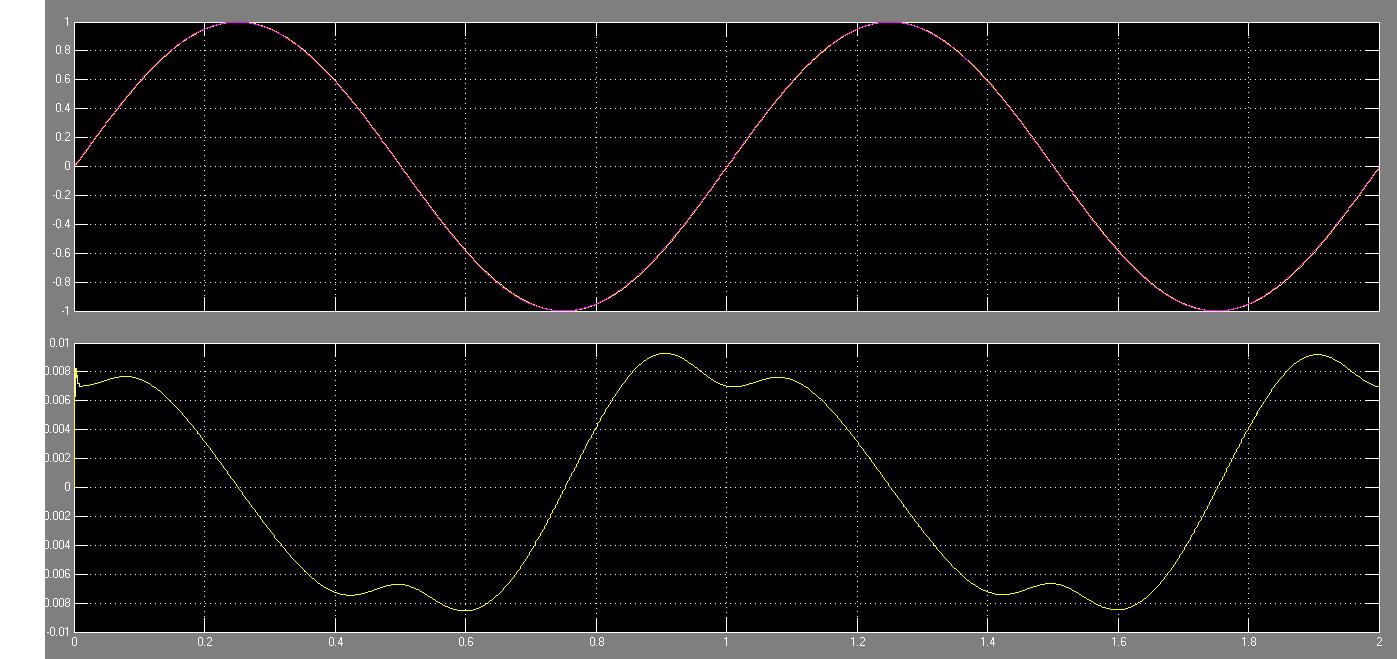
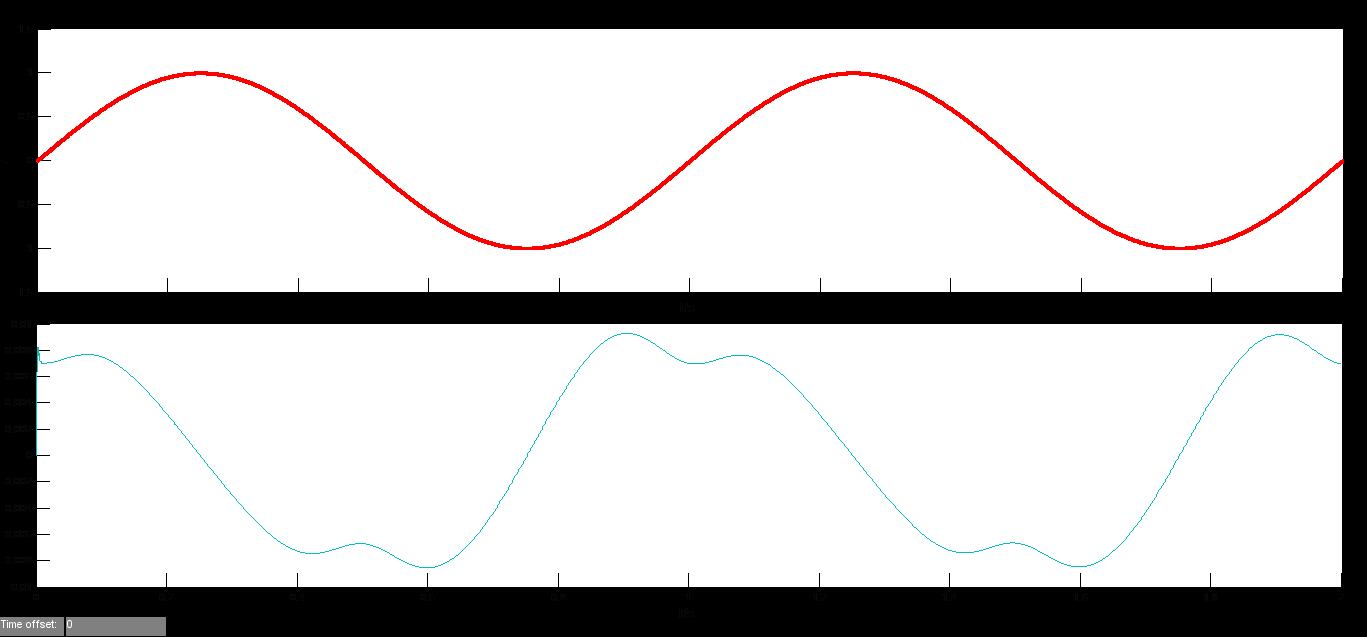
2.双击Scope->Parameters->Data History->勾选Save data to workspace
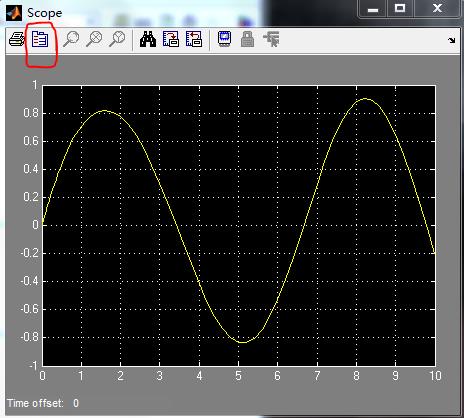
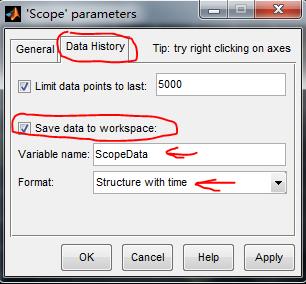
在命令窗口输入:
>> tt = ScopeData.time; >> xx = ScopeData.signals.values; >> plot(tt,xx,\'r\');
得到figure
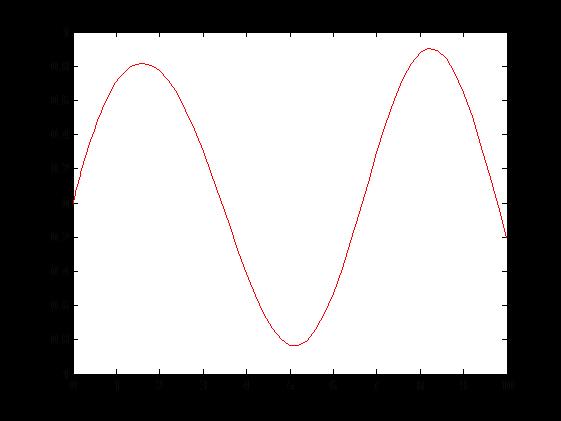
以上是关于Matlab中如何只把figure中的图像区域保存为图片文件的主要内容,如果未能解决你的问题,请参考以下文章